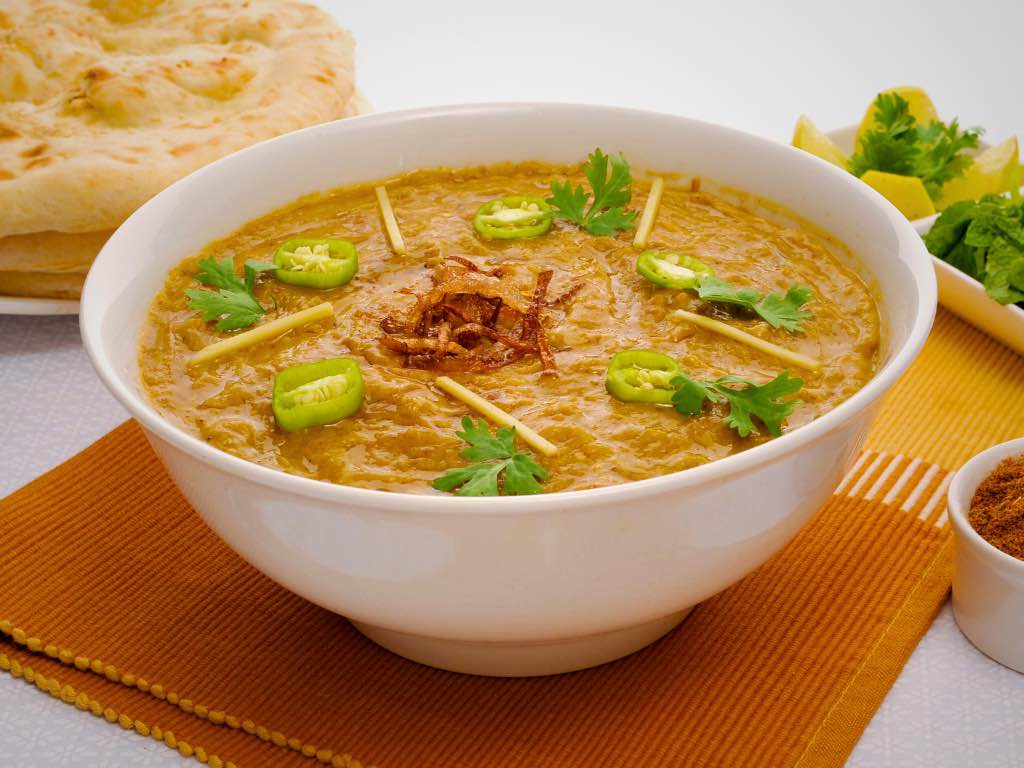
The Art of Hareesa: A Culinary Journey Through Tradition and Flavor
|
|
Time to read 6 min
Welcome to One Stop Halal!
Written by: Najma A.
|
|
Time to read 6 min
Food is a universal language that connects people across cultures and generations. Every region and community has its culinary treasures, and today, we're going to delve into the delectable world of Hareesa. Hareesa, a traditional dish with deep roots in Kashmiri and Middle Eastern cuisine, is not only a flavorful delight but also a reflection of the rich cultural heritage from which it hails. In this blog, we'll explore the history, ingredients, preparation, and significance of Hareesa in the culinary landscape.
The beauty of Hareesa Recipe lies in its simplicity, relying on just a handful of ingredients. These include:
The preparation of Hareesa is an art form that requires patience and dedication. Here's a step-by-step guide to crafting this delectable dish:
Hareesa is more than just a delicious dish; it holds cultural and social significance in the regions where it is popular. Here are a few of its key roles:
Hareesa is a versatile dish that has evolved differently in various regions, leading to many delightful variations. Let's explore a few of them:
Each variation offers a different experience, and the choice of ingredients and spices reflects the local culture and palate.
In modern times, Hareesa is experiencing a resurgence as people rediscover the charm and flavors of traditional cuisine. Despite the fast-paced nature of contemporary life and the prevalence of convenience foods, Hareesa has found a place on the tables of those who appreciate its rich heritage and unique taste.
In conclusion, Hareesa's journey through modern times is a story of cultural preservation, adaptation, and the universal appeal of good food. It stands as a testament to the timelessness of traditional recipes and the enduring power of flavors that transcend generations. As more people embrace this dish, Hareesa's legacy continues to flourish in the 21st century.
Welcome to your favorite Butcher Shop. We carry various meat cuts that are hard to find elsewhere. We deliver to your doorstep anywhere in the United States within 1-2 business days.
Hareesa is more than just a dish; it's a cultural symbol, a connection to history, and a testament to the art of slow cooking and culinary tradition. Its flavors and textures are a testament to the ingenuity of ancient cooks who crafted this dish, and its role in bringing people together is a testament to the power of food in building community and sharing love.
As we savor a plate of Hareesa, we embark on a journey through time and tradition, where the simple ingredients come together to create something far greater than the sum of its parts. In the age of fast food and instant gratification, It teaches us the value of patience, the depth of culture, and the beauty of simplicity in the culinary world. So, next time you encounter a steaming bowl of it, take a moment to appreciate the history, tradition, and love that went into its creation.

© 2026 One Stop Halal, Inc.